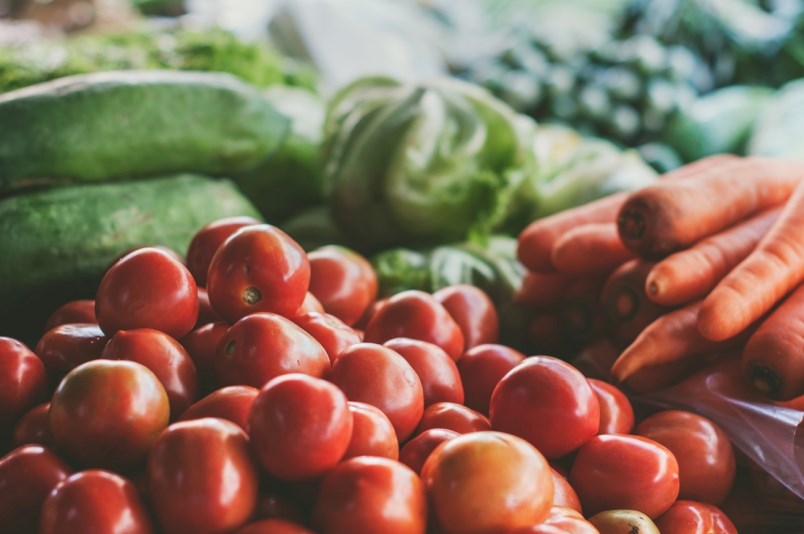There is no shortage of local foods to be found in Northern Ontario – from beef to rainbow trout to grain, oilseed, fruits, and vegetables – and there is no shortage of very hungry people.
With what we now know of the cost to transport food from all corners of the earth, and the demand for change in the form of support for more local farm production, there should be no shortage of local foods lining the shelves of every grocery store.
But there is. If you head into a large chain grocer now, even a small mom-and-pop, chances are you’ll be taking an unintentional trip around the world with your dinner. But with the help of the Rural Agri-Innovation Network (RAIN) and its new market study, the roots of these issues, and the ways to change them, will be brought to light.
A division of the Sault Ste. Marie Innovation Centre (SSMIC), RAIN has at its core a mandate to monitor and develop a strong farm and food sector in Northern Ontario, and it looks to support these groups through endeavours that monitor what’s known as the “food economy.”
“We would broadly define it (the food economy) as the production, distribution and consumption of food,” said David Thompson, RAIN research project co-ordinator. “But for this project we are focusing on the consumption of food that is regionally produced.”
The project he’s referring to is RAIN’s new North-central Food and Agriculture Market Study, initiated by RAIN along with its partners: Local Food and Farm Co-ops; Community Futures Development Corporations (East Algoma, Sault Ste. Marie and Area, Superior East); the City of Greater Sudbury; the Bruce Mines Agricultural Society; and the Mill Market in Sault Ste. Marie.
With the goal of gaining a comprehensive picture of the food economy – the production and demand – for Algoma, Sudbury, and Manitoulin Districts, the team behind the initiative hopes to then use this information to make it easier than ever to go from farm to table.
“There is a lack of information on the agri-food sector in the region from the standpoint of those who are driving demand,” Thompson said. “We all know that there has been an increase in interest for local food, but we believe that we are just scratching the surface for what could be possible for meeting demand.”
In order to put together the information required to gain a holistic understanding of what’s needed, RAIN is inviting those within the food industry – restaurant owners and managers, caterers, processors, grocers, institutions, distributor and food programs, among others – to share information with RAIN through a simple phone interview.
“Businesses will be asked questions on their procurement preferences, product purchases and quantities,” Thompson said, as a well as “delivery methods, food standards, and general thoughts on buying from local sources.”
With the insights gathered from this study, the results of which will be available in March of 2019 and distributed to food producers and purchasers, RAIN hopes to offer market insights to those looking to enter the food economy – whether that is revealing openings and opportunities for new businesses and products, allowing for expansion of a current industry, or simply to better understand how to get that humble potato on your shelf to always come from Northern Ontario.
If you have a place in any part of the Northern Ontario food economy, whether with a farm stand, a procurement position, or a thriving agri-business, RAIN would love to hear from you. You can truly make a difference in the way local food – and local farmers – can succeed.
If you would like to participate, or would like more information on the project, contact Jenny Fortier, by email at jfortier@ssmic.com, or by phone at 705-618-4797.
Jenny Lamothe is a freelance writer, proofreader and editor in Greater Sudbury.




